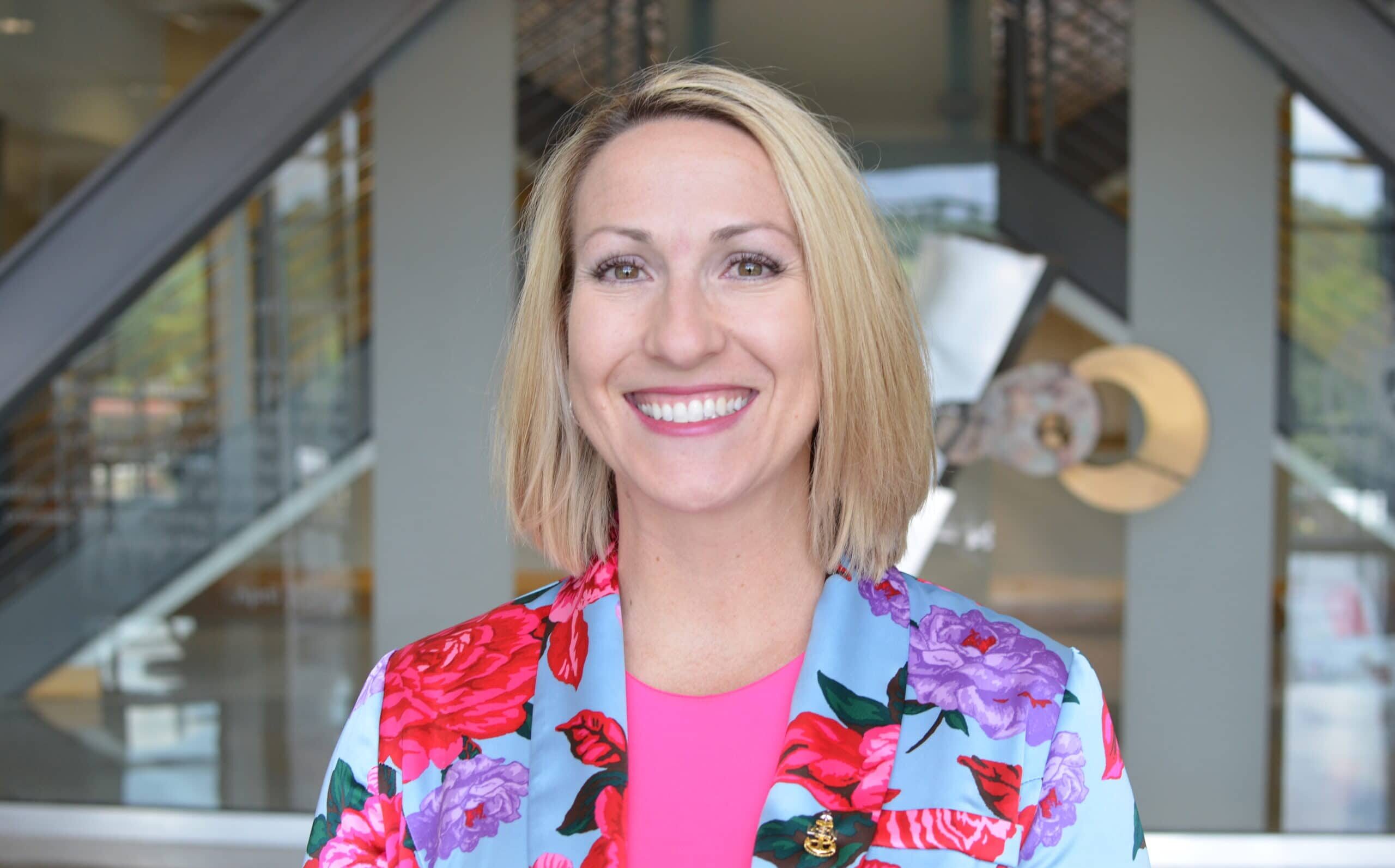Study Shows Factors that Impact Cancer Survivors’ Likelihood to Maintain Employment
| Jaimi Allen, Ph.D., of the University of Arkansas for Medical Sciences (UAMS) Fay W. Boozman College of Public Health Department of Epidemiology, led a study that examined factors that often impact a cancer survivor’s job status during and upon completion of treatment.
A cancer survivor is someone who has been diagnosed with cancer, regardless of where they are in their cancer journey.
Allen’s study, “Characterizing Cancer and Work Disparities Using Electronic Health Records” revealed that nearly half of people diagnosed with cancer in the U.S. are prime working age. Additionally, survivors oftentimes desire to remain employed during treatment as well as once they’re healed and have completed treatment sessions.
“This is the first known study involving employment for Arkansas cancer survivors,” Allen said. “The study provided foundational information on employment status for cancer survivors. Further studies can now offer insight on how to best support cancer survivors and help them continue working in a healthy and productive way if they desire.”
The study used electronic health records information from more than 29,000 cancer survivors aged 18–65 between 2015 and 2021. Of the patients with employment status available, 61% were employed, 28% were not employed, 9% were disabled and 2% were retired.
There were several significant findings in the study, which the International Journal of Environmental Research and Public Health published. One of which was how relationships and education affect the likelihood of a survivor having a place of employment.
“Married cancer survivors and those who reported having a significant other were more likely to have a place of employment,” Allen said. Healthy relationships can provide a “survival advantage” for cancer survivors. “Education was also a protective factor since survivors with higher education were more likely to remain employed.”
However, there are also developments that undermine a survivor’s chance of being part of the workforce.
The study spotlighted adverse employment outcomes. These outcomes are cancer-related employment difficulties such as unpaid sick leave, unaccommodating work environments, decreased work functioning, and other adverse experiences linked to cancer or the cancer treatment.
The report also showed how adverse employment outcomes — along with poor access to care, a lack of financial resources and systemic racism — add to Arkansas’ already deficient health equity status.

Allen, and Dr. Ben Amick (left) COPH associate dean of research, share a laugh with Khariana Hobbs (right), a summer intern who assisted with the study.
“We found that Black, Hispanic and rural cancer survivors and those with lower education were less likely to have a job,” Allen said. “Black and Hispanic cancer survivors are more likely to lose health insurance and income following a cancer diagnosis. Unpaid sick leave coupled with higher poverty rates to begin with can result in extreme financial hardships. Therefore, cancer-related unemployment can worsen financial stressors for the survivor and their family.
“That’s problematic because cancer survivors experiencing financial hardships are more likely to stop treatment and skip medical and nonmedical bills as a result. These experiences can decrease health-related quality of life and cause a delay or omission in necessary medical care. These differences can widen the health equity gap by contributing to higher cancer mortality rates for Black and Hispanic cancer survivors.”
Regarding Arkansas cancer survivors who live in a rural area, data suggests that they’re likely to experience fair or poor health. They’re also more likely to retire early and endure health-related unemployment.
“Obesity, physical inactivity and smoking prevalence are higher among those living in rural areas,” Allen said. “Many rural Arkansans suffer from poor health outcomes and behaviors that jeopardize their quality of life.”
Allen mentioned that the results of the study can ultimately aid public health efforts of addressing the employment gap for cancer survivors. She also concluded that forthcoming interventions should focus on populations most at risk for adverse employment outcomes.
Health care professionals partnering with nonprofits, faith-based entities and individual citizens can also play a big role in helping to remedy the situation. That can occur through promoting health-conscious choices as unhealthy lifestyle habits can lead to certain cancers. Allen said, “between 30-50% of cancers are avoidable through healthy lifestyle choices and behaviors. By working together and making healthier decisions, we can greatly reduce cancer incidence and mortality.”
“Churches and other organizations can work together to increase the health of their community by encouraging social integration and community engagement and providing support for cancer survivors and their loved ones,” Allen said. “Individuals and groups can get involved in fundraising events and nonprofit organizations working to reduce the burden of cancer. Ultimately, we can all strive to be a relentless ally for all people impacted by cancer.”
